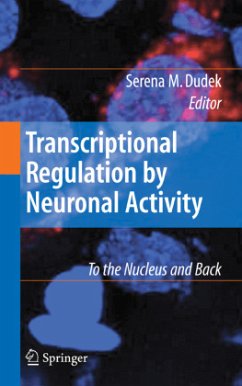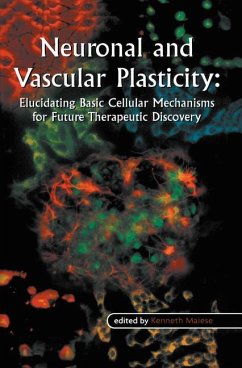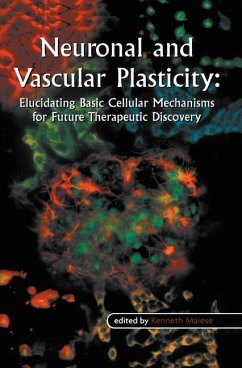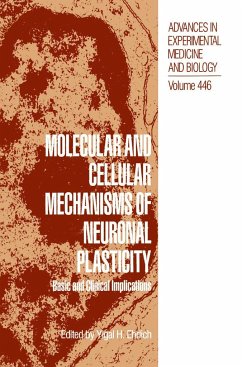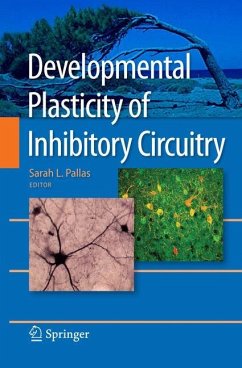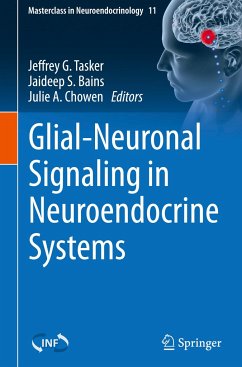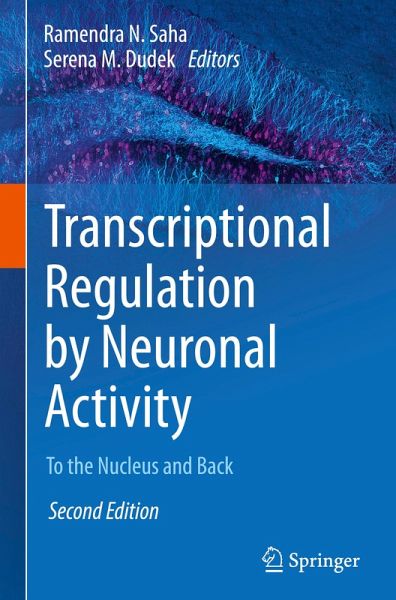
Transcriptional Regulation by Neuronal Activity
To the Nucleus and Back
Herausgegeben: Saha, Ramendra N.; Dudek, Serena M.

PAYBACK Punkte
84 °P sammeln!
This book discusses the regulation of gene transcription by neuronal activity that is evident in a large number of neuronal processes ranging from neural development and refinement of neuronal connections to learning and response to injury. Transcriptional Regulation by Neuronal Activity: To the Nucleus and Back, 2nd edition illustrates how signals are transmitted to the nucleus in response to neuronal activity, which genes are regulated and how this is achieved, and how these changes in gene expression alter neuronal function. The aim of this second edition is to highlight key advances in the...
This book discusses the regulation of gene transcription by neuronal activity that is evident in a large number of neuronal processes ranging from neural development and refinement of neuronal connections to learning and response to injury. Transcriptional Regulation by Neuronal Activity: To the Nucleus and Back, 2nd edition illustrates how signals are transmitted to the nucleus in response to neuronal activity, which genes are regulated and how this is achieved, and how these changes in gene expression alter neuronal function. The aim of this second edition is to highlight key advances in the field since the first edition. The book is divided into four sections. The first highlights how signals get to the nucleus from the membrane in response to synaptic or neuronal activity. Included are chapters on the pathways that transmit signals from synapses to nuclei. The second section focuses on epigenetic regulatory processes of activity-induced gene transcription, an area that has exploded in the past few years. The third section navigates the role of activity-induced genes in physiological processes such as learning and memory, and human developmental disorders such as those associated with the autism spectrum. The fourth section highlights groundbreaking technological advances in the field, which have allowed activity-regulated transcription to be used as a tool to study learning and memory.



